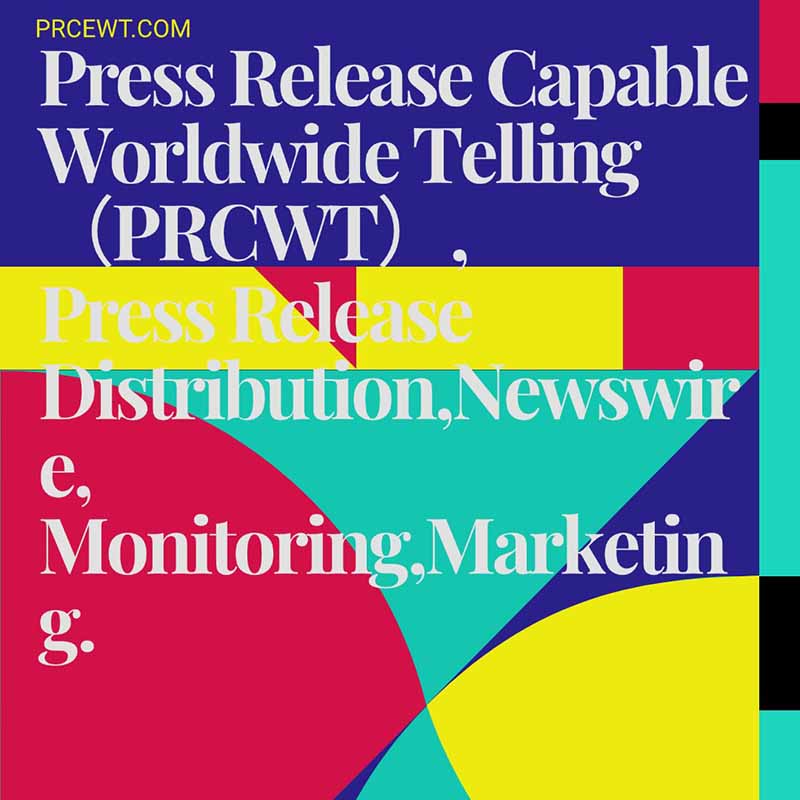In the digital age, media monitoring has become an essential tool for businesses and organizations to stay informed about what's being said about them in the public sphere. It involves the tracking and analysis of various media sources, such as news websites, social media platforms, and blogs, to gather information on brand mentions, sentiment, and trends.
The importance of media monitoring cannot be overstated. It allows companies to proactively manage their reputation, identify potential issues before they escalate, and engage with customers in a timely manner. By understanding how their brand is perceived in the market, businesses can make informed decisions about marketing strategies, product development, and customer service.
According to recent industry data, the global media monitoring market is expected to grow at a compound annual growth rate of over 10% in the coming years. This growth is driven by the increasing need for businesses to monitor their online reputation and the rise of social media as a major source of information.

One of the key benefits of media monitoring is its ability to provide real-time insights into public sentiment. By analyzing the tone and情绪 of media coverage, companies can quickly assess how their brand is being received and take appropriate actions. For example, if negative sentiment is detected, companies can launch crisis management campaigns or engage in damage control.
Another important aspect of media monitoring is its role in brand tracking. By monitoring brand mentions over time, businesses can measure the effectiveness of their marketing efforts and identify areas for improvement. This information can be used to optimize campaigns, target specific audiences, and enhance brand awareness.
In addition to traditional media sources, social media platforms have also become a significant focus of media monitoring. With the explosion of social media usage, brands have a direct channel to engage with customers and build relationships. By monitoring social media conversations, companies can gain valuable insights into customer needs, preferences, and behaviors.
However, media monitoring is not without its challenges. The sheer volume of data available can make it difficult to sift through and identify relevant information. Additionally, the accuracy and reliability of monitoring tools can vary, so it's important to choose a reliable provider.
To overcome these challenges, businesses need to invest in advanced media monitoring tools and technologies. These tools can help automate the monitoring process, filter out irrelevant information, and provide real-time analytics. They can also integrate with other marketing tools, such as customer relationship management systems, to provide a holistic view of the customer journey.
In conclusion, media monitoring is a powerful tool for businesses and organizations in the digital age. It provides valuable insights into public sentiment, brand perception, and market trends, allowing companies to make informed decisions and stay ahead of the competition. By investing in media monitoring, businesses can build stronger brands, engage with customers, and drive growth.